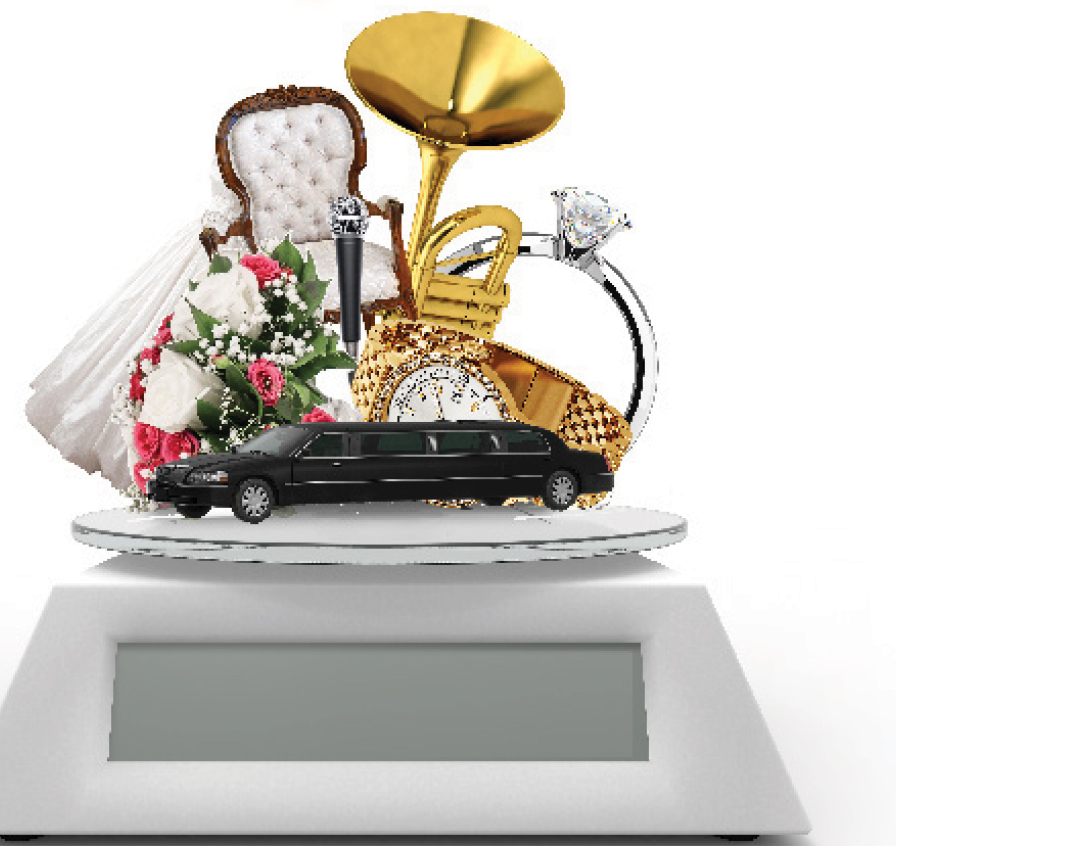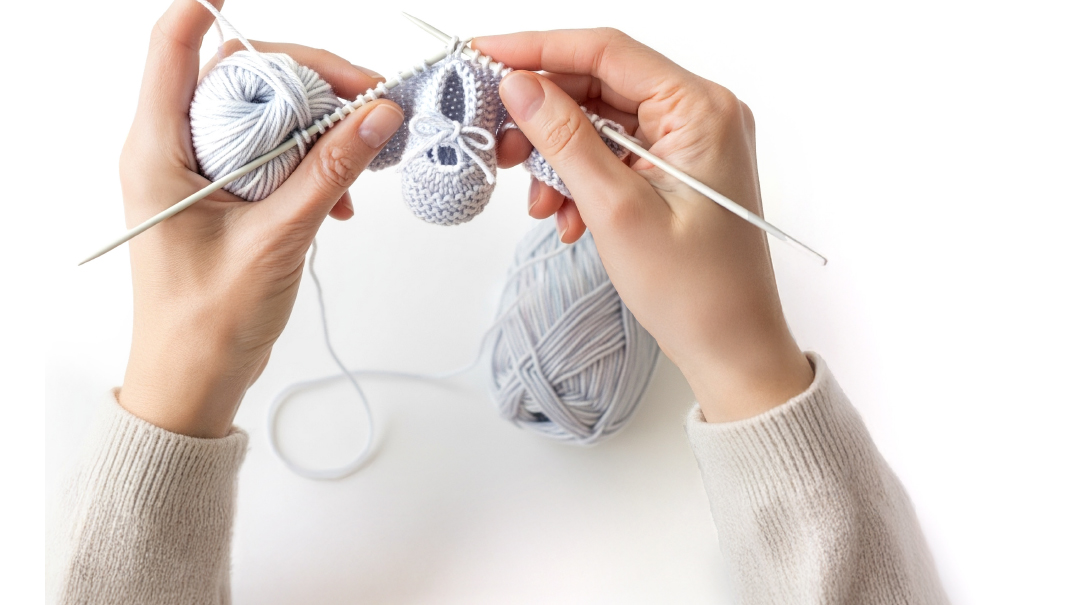At All Costs?

How much do frum weddings really cost? Seven women unveil the hard numbers

Yardsticks was born on a Shabbos walk.
All my ideas are born on Shabbos, to spite me. Or in the middle of the night. I’ll wake up at 3 a.m. with a brainstorm and tell myself, this is fantastic, I’ll write this down first thing in the morning, it’ll win a Nobel Prize in literature.
But by the time I wake up, I’m like, “It was the best idea ever, but what was it?”
With this serial idea, I wasn’t going to risk it. “You serve so many roles in my life,” I told my husband, “I need you to be my paper now.”
So we walked and I talked, and my husband listened closely as my gown boutique vision started taking shape. Things started clicking in my brain. Divided loyalties, a strongly principled and ‘correct’ character, an embittered Russian seamstress.
That’s the beauty of fiction. You can do whatever you want. You create the characters and nobody can blame you for the things they say or do, because A, they’re yours, and B, they’re not real.
But although Yardsticks was a work of fiction, it got very real very fast.
*****
Let me back up for a minute and share who I am. Or rather, who I’m not. I’m not a kallah and I’m not a mechuteneste. (And, for the record, I’m also not a seamstress.) But I live in Boro Park, and I’m familiar with the community’s wedding standards. I knew it was a hot-button issue, I knew there was a problem.
At least I thought I knew. I figured I’d interview some women in the trenches. Research for my project, you know. So innocent.
Let’s just say these interviews were not your standard Q&As.
The women yelled at me. They cried. They defended themselves. They shouted and protested until I wanted to scream, “It’s not my fault, I didn’t create this problem!”
I didn’t create it — and I knew I couldn’t fix it either. (Hey, Mina, you’re my inspiration.) But exposed to the bleeding heart of the problem, I resolved to at least address it. Start a conversation, spread some awareness — and maybe, maybe, empower individuals to make better choices.
A few weeks into the story, I started getting feedback from readers (mainly out-of-towners), expressing incredulity that spending 40K per side would be a takanos plan. They reported spending a fraction of that amount without following any takanos.
Realizing how seriously people were taking the details of the story, I became obsessed with the numbers. (That’s why I stuck Mina into a seminary class in chapter 24, to explain to the girls — and all you readers — where this information was coming from.)
It's important to remember that Yardsticks was set in a heimish, Boro Park-like community, and the numbers in the story reflect this specific community’s reality.
It’s also important to remember that the sum includes all wedding expenses, not only the wedding itself — from paying the shadchan, to gifts, to furnishing the couple’s apartment. Demographics aside, people don’t realize how quickly the little numbers add up.
Now that the numbers became such a big deal, the Lewin-gown price tag came into question. I was undecided. On one hand, I wanted the technical details in the story to reflect reality, but on the other, I wanted to do something absurd, really over-the-top, to make a point.
The point: No, it’s not normal to spend $10,000 on a kallah’s gown.
Yet.
But that’s the thing with normal. To some Brooklynites, a 200K-total wedding is normal. To Lakewooders, it’s insane.
I did insane for the gown, so that everyone, no matter where you live, could agree on its insanity.
So that when it becomes normal, you’ll be smarter.
Years ago, it wasn’t normal to spend $1,000 on a vort dress. Today, in the Genuth world, $1,000 would be a bargain.
That’s how standards are born. That’s how we measure normal. These realities become our yardsticks, and these yardsticks become our self-inflicted problems.
***
Before — before the era of COVID-19 — we’d planned a post-Yardsticks feature. We thought readers would appreciate a glimpse into real people’s wedding stories.
In the wake of Shevy Genuth’s wedding, Mina was left with a neat breakdown of wedding expenses — and an astounded readership. Was Mina’s spending normal? Could she — should she — have done things differently?
How do other families do it?
It was obvious that the answer depended on where they lived, which community they were part of, who their mechutanim were, and what was considered “normal” in their circles. I reached out to mechutenstes from various communities to learn about their wedding standards. They shared breakdowns of their wedding expenses, and I marveled at the differences between each list.
Then coronavirus hit, and suddenly everything changed. The world paused — in caution, fear and uncertainty.
And weddings?
Weddings took place, on schedule. In backyards. In driveways. On porches and in dining rooms. First with a 50-guest attendance and eventually with just ten. No bands. No photographers. No contact-dancing.
This situation was so sad, yet at the same time, there was a level of sweetness. There was a purity in the weddings’ joy, celebrated by the families’ nearest and dearest.
We all pray for this pandemic to end swiftly and for our lives to return to normal. (Normal-normal. Not Lewin-gown normal.) And when the wedding halls reopen, maybe our perspectives will have shifted as we (glovelessly) embrace true happiness.
Chaya Suri, Kiryas Joel
Wedding took place in Boro Park, where our mechutanim live.
Mother of: Chassan
Wedding number: 3
Total cost of wedding: $94,000
When my first son got engaged, I kept hearing it: “Make whatever plans you want. At the end of the day, no matter how you slice it, a wedding will cost you $100,000.” I didn’t believe them and I vowed it wouldn’t happen to me. We live from paycheck to paycheck, and I wasn’t going to spend above my means to conform to communal standards.
And then I did.
I learned that as much as we think we can control a situation, we must rely on Hashem to lead us where we need to go. A wedding is a two-sided simchah and there are many sensitivities at play. We have to try our best and work with the circumstances we face.
Dollars and Sense
With both my husband and I holding down jobs, we Baruch Hashem make ends meet. But that’s about it. We don’t have money for extras, and we live a budgeted lifestyle.
When it comes to finances, our goal has always been to stay out of debt. Thankfully, we’ve been able to achieve this, but it definitely comes along with sacrifice. We never go on vacation or splurge on luxuries. We chose to avoid unnecessary expenses so that we wouldn’t have to borrow money when it came to marrying off our children. And now that we’ve reached this stage in life, we thank our younger selves for this foresight and are so happy that we did not have to borrow money to make a wedding. For us, it’s a relief to know that we don’t owe any money. We’re happy to live with less to maintain this sense of freedom.
Breakdown:
Shadchan: $2,000
I actually sent money to this shadchan several times before my son got engaged as a token of appreciation for constantly redting shidduchim.
Clothing for chassan: $3,100
Shtreimel: $6,000 (two shtreimels)
Mother-of-bride gown: N/A
I used the gown I wore at previous weddings.
Boys’ clothing: $780
Makeup: $210 (3 faces)
Mother’s sheitel: $1,100
Chassan shiurim: $1,000
Aufruf: $4,800
This included a meal, Kiddush, and a nuts-and-chocolate gathering Friday night after the seudah.
Sheva brachos: $2,500
Gifts:
Flowers for Shabbos of engagement: $150
Cake for vort: $125
Flowers for vort: $425
Bracelet: $2,600
Ring: $3,000
Watch: $3,000
Pearl necklace: $400
Pendant for necklace: $2,000
Earrings: $2,700
Gift certificate: $200
Cosmetic bag: $40
Joint expenses:
We split wedding day and furnishing expenses with our mechutanim. These numbers reflect our share of the spending.
Hall/catering: $13,750
Photographer: $2,800
Flowers: $2,500
Music: $2,425
Badchan: $900
Drinks: $250
Housewares: $2,650
Furniture: $9,000 (dining room and bedroom)
Dinette furniture: $1,050 (includes closet and small sofa)
Linen: $2,150
One month rent, plus security, plus brokerage: $2,550
Invitations: $400 plus $750 postage
Apartment set-up: $2,700
This includes small/large appliances, home insurance, and groceries.
My big splurge:
I got a beautiful new diamond bracelet in honor of the simchah ($3,000). I haven’t gotten any real jewelry in years, and my husband chose this occasion to treat me. My husband got a new shtreimel ($2,000).
Next time:
I will not send a “mechutenste cake” for a vort again. It’s a waste of money. Nobody eats that fancy thing, it may as well be made of clay.
I didn’t anticipate:
The mechutanim insisted on booking a singer for the chuppah. We didn’t feel up to it, but they put a lot of pressure on us until we gave in.
Oops! We could not locate your form.







Comments (0)